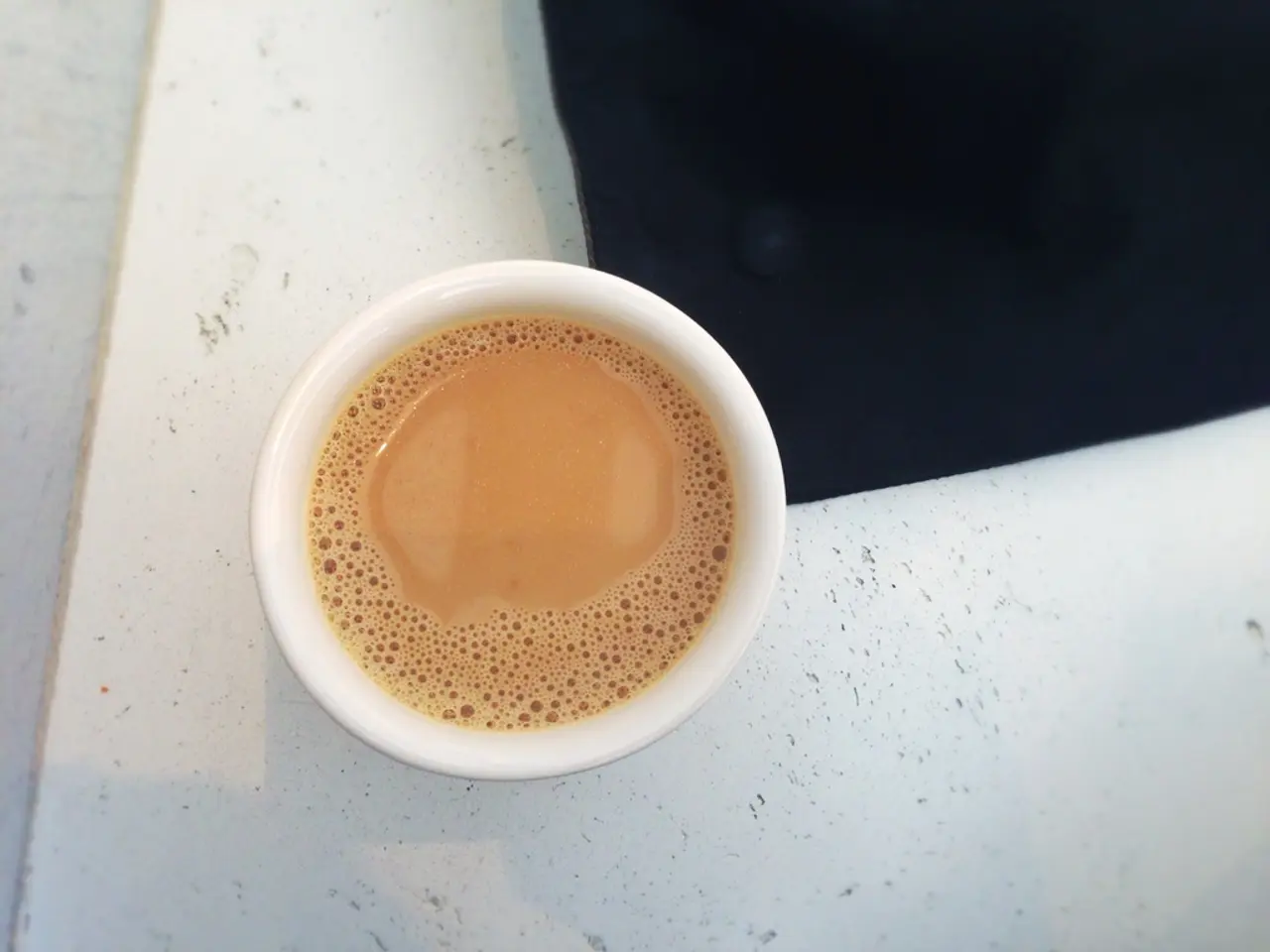Loewe Teapots: A Global Celebration of Cultural Heritage and Contemporary Design
Twenty-five artists creatively redesign the teapot during Milan Design Week 2025
For Milan Design Week 2025, luxury fashion house Loewe is set to present an extraordinary exhibition at Palazzo Citterio, Via Brera 12. The event, titled 'Loewe Teapots', will showcase 25 artists, designers, and architects who have been commissioned to reinvent traditional teapots from China, Japan, and Korea, merging ancient ritualistic aesthetics with contemporary design language.
The teapot, at the intersection of culture, history, and ritual, becomes intertwined with personal meditations by the artists and designers. Each design reflects on the role of the teapot in the family and community, highlighting the contrast between its comfortable functionality and its elevated status as a figure of design.
A Journey Through Tea Ceremony Traditions
The history of teapots in tea ceremony rituals across Japan, Korea, and China reflects deep cultural traditions tied to tea preparation and ceremonial use, evolving uniquely in each country before contemporary reinvention by designers such as those commissioned by Loewe for Milan Design Week 2025.
In China, the origin of tea culture and teapots traces back about 4,000 to 5,000 years, with China credited as the birthplace of tea drinking. The Chinese developed intricate tea preparation methods and teaware, including early forms of teapots used in formal contexts. The famous Yixing clay teapots and other ceramics were essential for brewing high-quality tea, with tea masters refining artistry and ritual in tea rooms.
Japanese tea was introduced from China during the Tang dynasty (618-907 A.D.) chiefly by Buddhist monks, initially consumed for medicinal and spiritual purposes. The Japanese tea ceremony (chanoyu or sadō), noted for its Zen spirit, arose fully during the Kamakura period (1185–1333), when monks started grinding tea to make powdered matcha, prepared with a bamboo whisk and served in tea bowls, rather than teapots per se. The teapot plays a more accessory role, as powdered matcha is whisked directly rather than steeped in teapots.
Korean tea culture, influenced by Chinese traditions, developed a distinctive tea ceremony emphasizing natural simplicity and meditative focus. Korean teapots are often made of porcelain or celadon and used to steep loose-leaf tea, highlighting elegance and subtlety. Korean tea rituals bear influences from both Chinese and Japanese practices but retain unique features reflecting Korean aesthetics and cultural values.
Reinvention by Designers in Loewe’s Commission for Milan Design Week 2025
For Milan Design Week 2025, Loewe commissioned designers to reinterpret traditional teapots from these cultures, merging ancient ritualistic aesthetics with contemporary design language. This project highlights the fusion of tradition and modernity, cultural dialogue through design, and artisanal craftsmanship and innovation.
Patricia Urquiola, one of the commissioned designers, plays with organic curves and tactile elements, creating an object that feels natural in the hands. Her design, named 'Ardilla', blurs the lines between form and function, creating a more abstract form that embodies the duality of the squirrel.
David Chipperfield, another designer, collaborates with Galician ceramic artist Paula Ojea and jewellers Noroeste Obradoiro for his teapot design. His work aims to be predictable and looks like a traditional teapot, while Simone Fattal was inspired to create a simple porcelain teapot with a woven leather handle.
The 'Loewe Teapots' exhibition will be on show from 7-13 April during Milan Design Week 2025. Readers can subscribe to the website for daily digest of inspiration, escapism, and design stories to stay updated on this exciting event.
Sources: [1][2][3][5]
[1] Kerr, Y. (2021). The Teapot: A Journey Through History. The Telegraph. Retrieved from https://www.telegraph.co.uk/lifestyle/2021/01/03/teapot-journey-history/
[2] The Teapot: A History. (2021). The Spruce Eats. Retrieved from https://www.thespruceeats.com/the-history-of-the-teapot-3017798
[3] The History of the Teapot. (2021). The Teapot Museum. Retrieved from https://www.teapotmuseum.co.uk/history-of-the-teapot/
[5] The Teapot: A Cultural History. (2021). The British Museum. Retrieved from https://www.britishmuseum.org/explore/highlights/highlight_objects/pe_mla/t/teapot.aspx
A Journey Through Modern Home-and-Garden Inspiration:As part of Milan Design Week 2025, luxury fashion house Loewe's exhibition, 'Loewe Teapots', offers a glimpse into contemporary lifestyle with its fusion of ancient ritualistic aesthetics and modern design. Inspired by traditional teapots from China, Japan, and Korea, designers such as Patricia Urquiola, David Chipperfield, and Simone Fattal have reimagined these cultural icons, creating unique pieces for the home that integrate art, function, and design. From organic curves and tactile elements to simple porcelain teapots adorned with woven leather handles, these reinventions serve as a testament to the ongoing dialogue between tradition and modernity in home-and-garden design.




